Buenos Aires pulses with artistic energy that spills beyond theater walls and gallery spaces onto its streets, plazas, and public parks. The Argentine capital boasts a rich tradition of street performance that reflects its diverse cultural heritage—from tango dancers who transform sidewalks into stages to puppeteers who carry on centuries-old traditions. For travelers who appreciate the raw authenticity and spontaneous magic of street performance, the city offers countless opportunities to witness art in its most democratic form.
Here is a list of 20 experiences for those who want to immerse themselves in Buenos Aires’ vibrant street performance scene.
Sunday in San Telmo
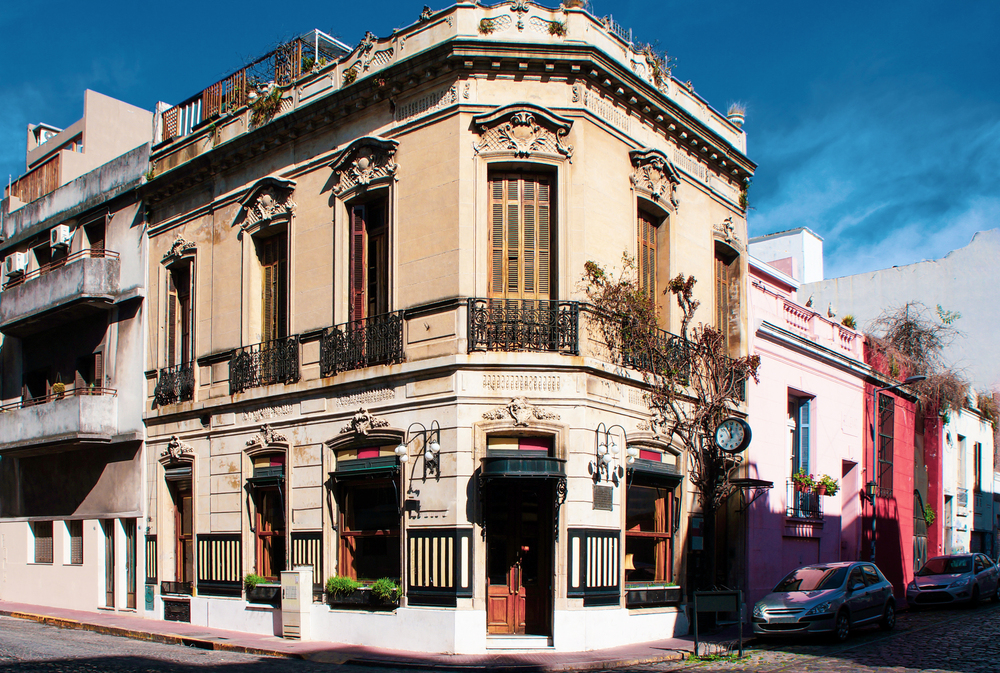
The weekly San Telmo Fair transforms the historic neighborhood into an open-air performance space where musicians, living statues, and impromptu tango dancers compete for attention.
Arrive early to claim a spot at one of the cafés lining Plaza Dorrego, where you can spend hours watching a rotating cast of performers while sipping coffee or a glass of Malbec.
La Boca’s Caminito

This famously colorful street serves as an ongoing stage for tango dancers who perform against a backdrop of vibrant corrugated metal houses. The performers here have mastered their craft through years of practice, executing complex moves just inches from spectators while maintaining the passionate intensity that defines authentic Argentine tango.
Like Travel Pug’s content? Follow us on MSN.
Plaza Francia Weekend Market
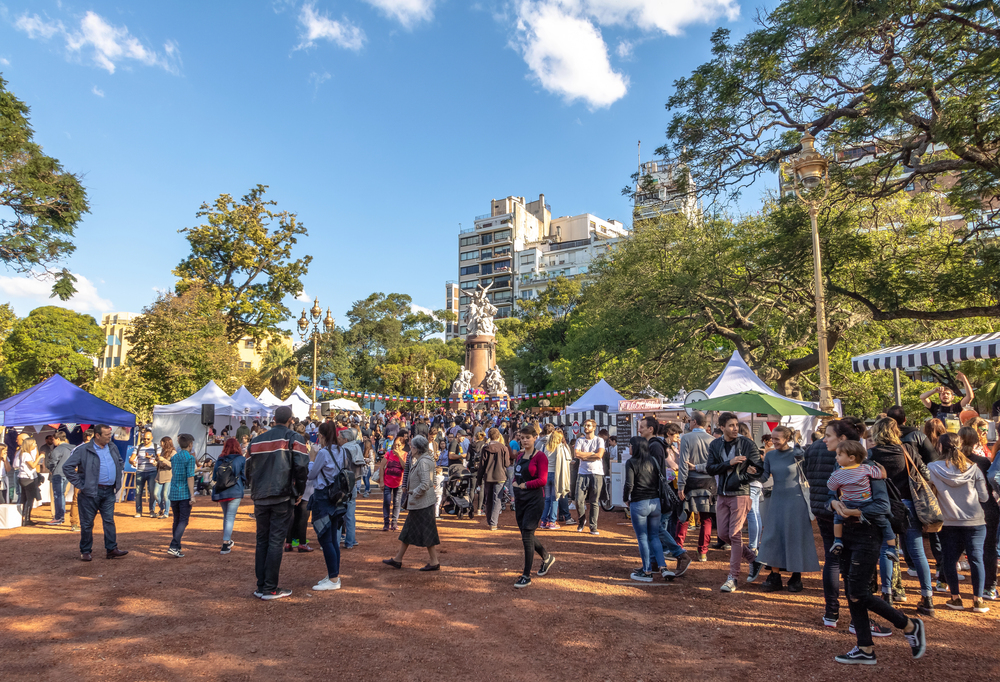
The sprawling weekend market in Recoleta becomes a showcase for an eclectic mix of musicians—ranging from Andean flute players to experimental electronic artists. The sloping green space creates natural amphitheaters where visitors can relax on the grass while enjoying performances that often blend traditional Latin American sounds with contemporary influences.
Puerto Madero Waterfront

The renovated dock area attracts some of the city’s most innovative physical performers, including acrobats and contact jugglers who use the modern architecture as their backdrop. The wide pedestrian walkways provide ample space for performers to execute impressive routines while audiences gather along the waterfront, where the gleaming skyscrapers and historic ships create a striking visual contrast.
Parque Centenario
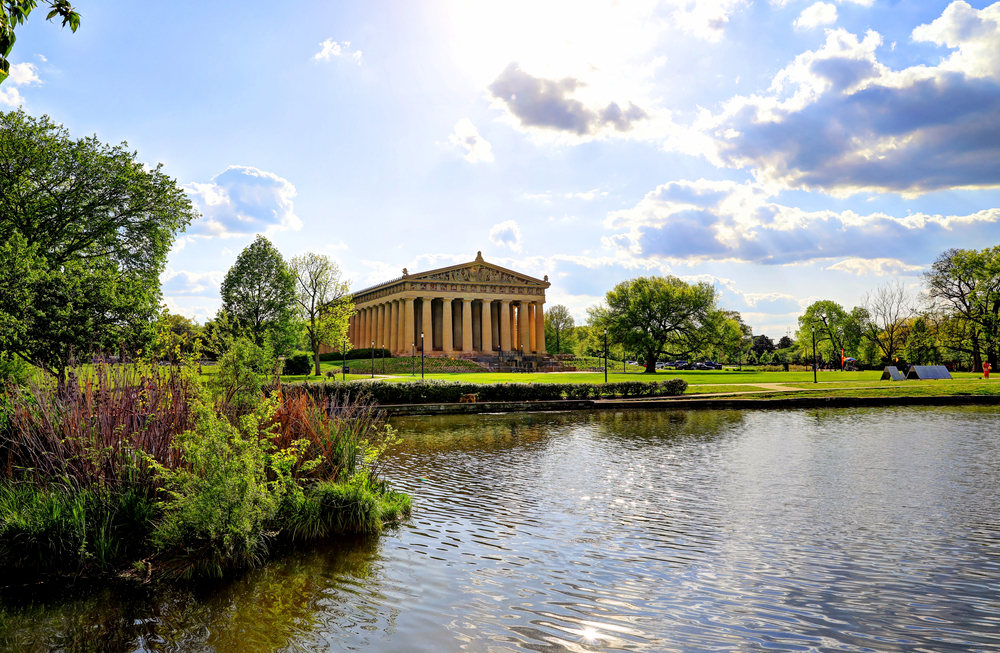
This beloved park hosts a diverse array of weekend performers, including puppeteers who carry on a tradition dating back to the early 20th century, when Italian immigrants brought their marionette techniques to Argentina. The puppet shows draw multi-generational audiences, offering visitors a glimpse into an enduring form of cultural expression that continues to evolve with contemporary themes.
Like Travel Pug’s content? Follow us on MSN.
Abasto Shopping District
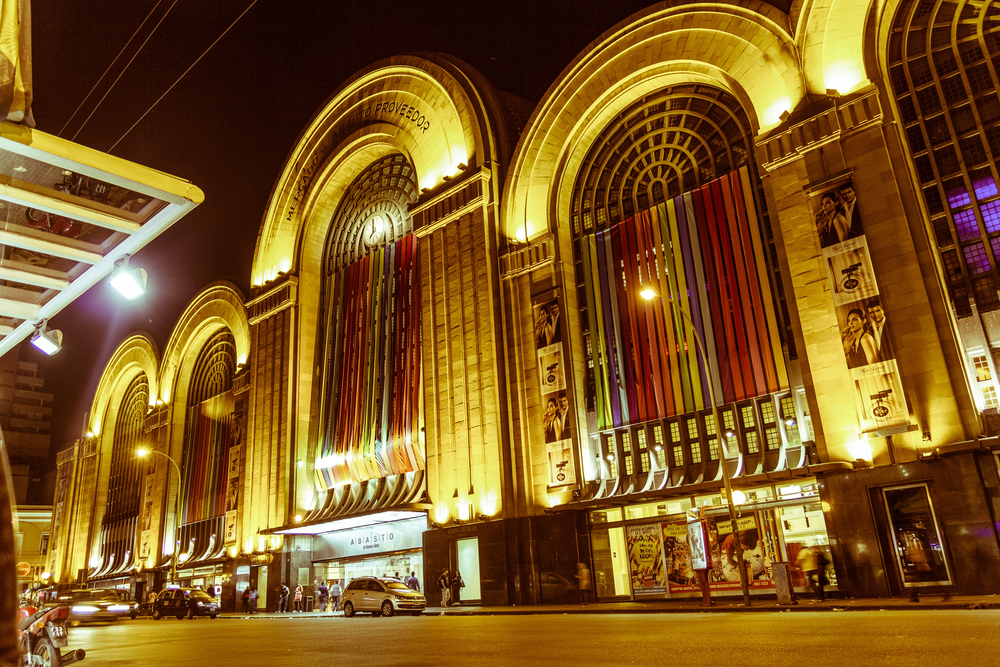
The streets surrounding the former central market (now a shopping mall) feature muralists painting in real-time alongside musicians playing traditional Jewish klezmer music that reflects the neighborhood’s historical identity. This area, once home to tango legend Carlos Gardel, maintains its artistic heritage through street performances that connect present-day visitors with the district’s rich cultural past.
Parque Lezama
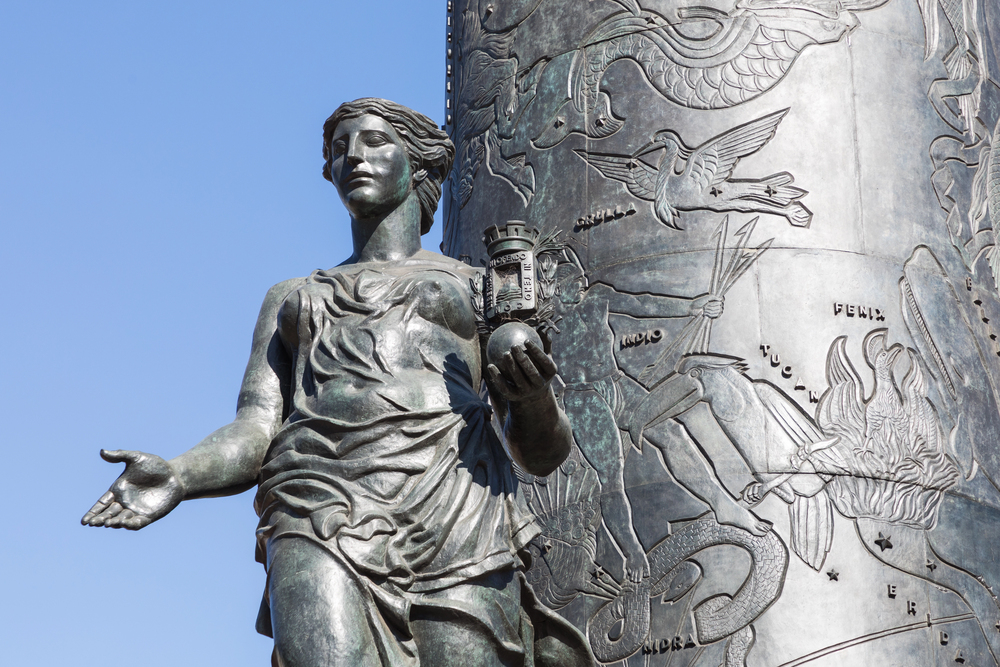
This historic park in San Telmo hosts regular performances by circo criollo practitioners who blend European circus traditions with gaucho culture. Their shows feature traditional boleadoras (throwing weapons that became performance tools), whip-cracking demonstrations, and equestrian stunts that connect urban audiences with Argentina’s rural heritage.
Florida Street

This bustling pedestrian thoroughfare features some of the city’s most accomplished living statues who demonstrate remarkable physical control while portraying historical figures, mythological characters, and contemporary icons. They can hold their poses for hours, breaking character only to acknowledge appreciative viewers with a slight nod or gesture.
Like Travel Pug’s content? Follow us on MSN.
Plaza de Mayo
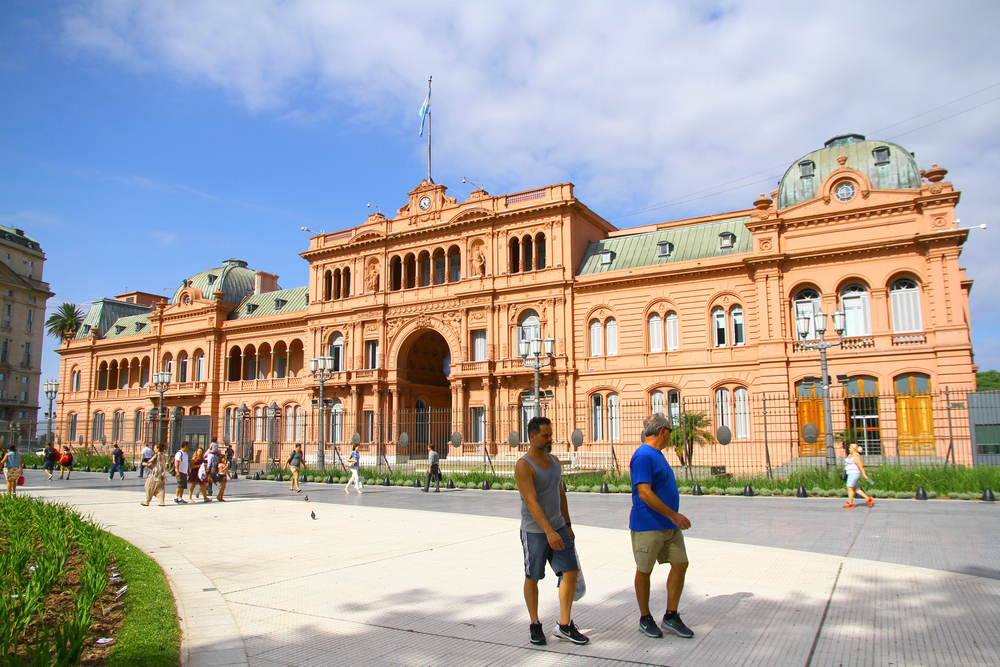
The political heart of the city regularly attracts theatrical activists who use performance to address social issues, continuing a tradition that survived even during the most repressive periods of Argentine history. Their powerful combinations of music, movement, and visual elements create provocative outdoor theater that engages passersby in conversations about justice, memory, and civic responsibility.
Feria de Mataderos

This Sunday market on the city’s western edge showcases rural traditions through performances of malambo, a rapid-fire gaucho dance featuring complex footwork and dramatic use of drums. The performers, often dressed in traditional bombachas (gaucho pants) and carrying facones (gaucho knives), demonstrate the percussive dance form that originated in the pampas countryside.
Chacarita Cemetery
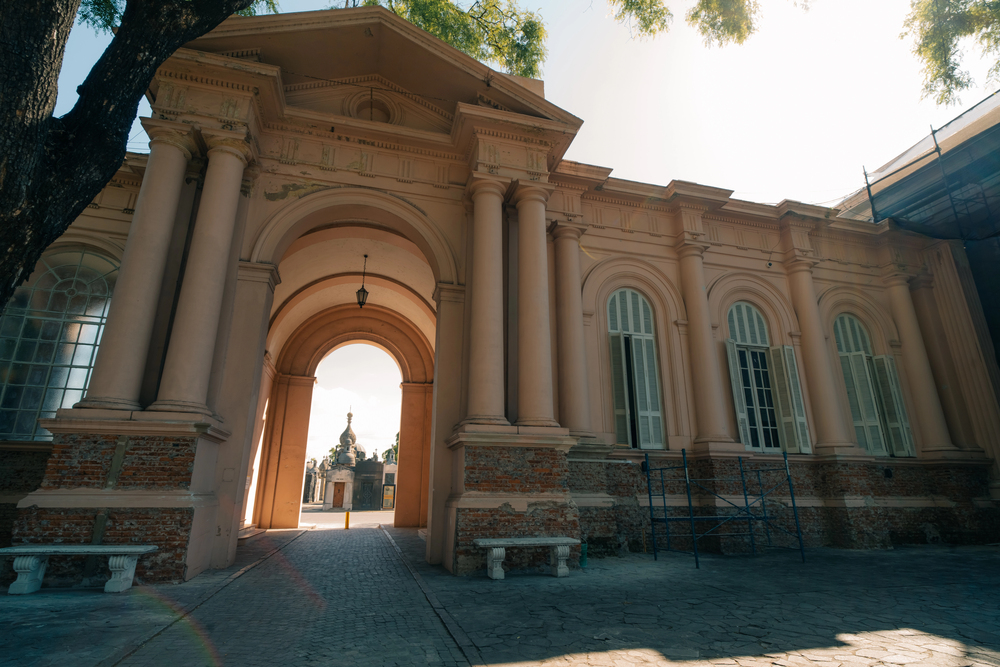
The areas surrounding this less-touristed cemetery feature poetic street performers who recite verses from Argentina’s literary giants alongside their original works. These poetry performances often attract small but deeply engaged audiences who appreciate the performers’ abilities to transform ordinary street corners into spaces of literary reflection.
Like Travel Pug’s content? Follow us on MSN.
Villa Crespo Street Art Tours
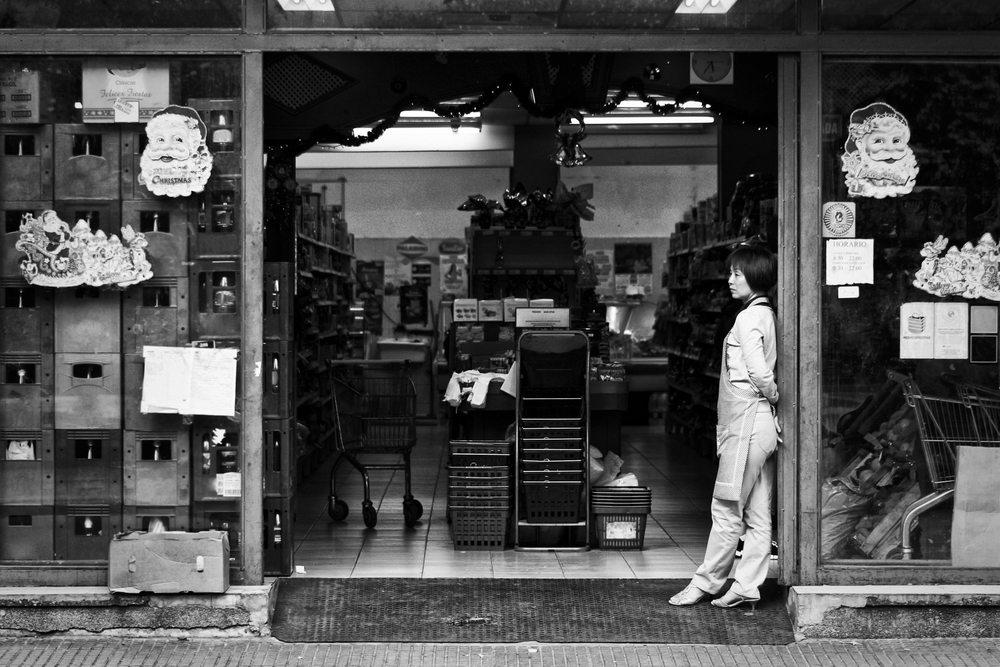
This emerging neighborhood features live mural painting, where visitors can watch artists transform building facades into massive artworks over several days. The artists often engage with onlookers, explaining their techniques and the cultural significance behind their imagery while music plays from portable speakers.
Subte Stations
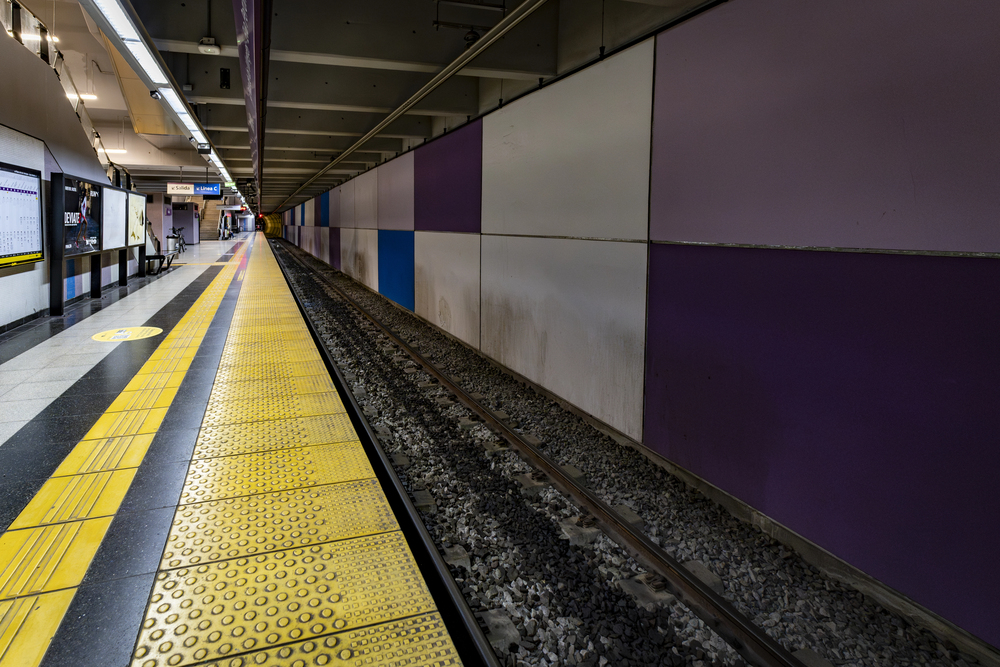
The underground stations of Buenos Aires’ subway system host officially sanctioned musicians who transform commuter spaces into impromptu concert venues with surprisingly good acoustics. The performers must pass auditions to earn their spots, ensuring a high quality of musicianship that ranges from classical violin soloists to innovative percussion ensembles playing instruments made from recycled materials.
Feria de Artesanos de Plaza Italia
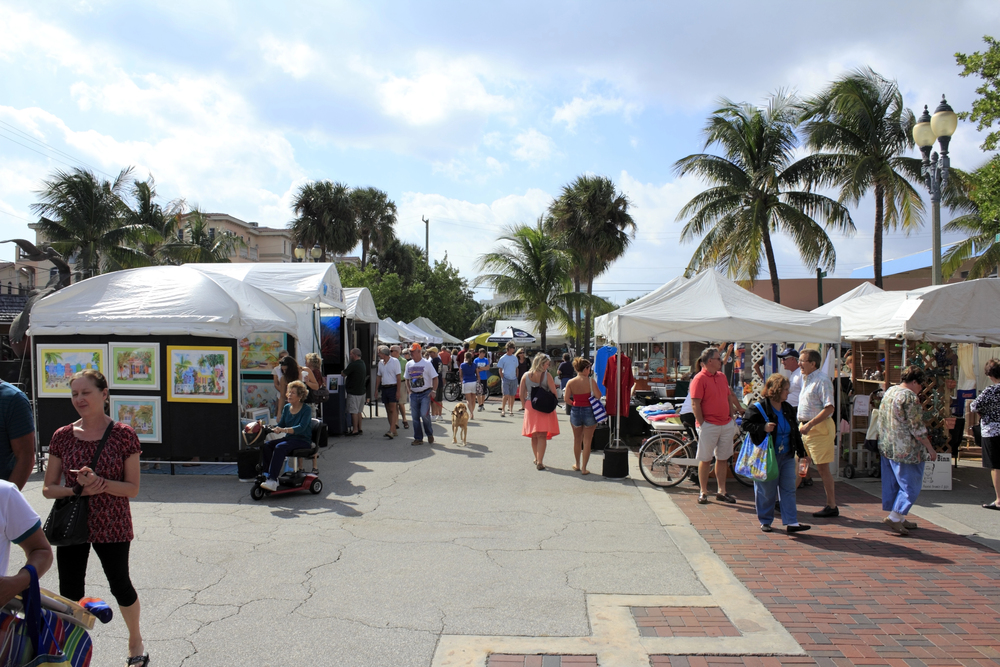
This artisan market features storytellers who carry on the cuentacuentos tradition, weaving tales that incorporate audience participation and local folklore. Their performances, often enhanced with simple props and musical elements, draw listeners into narratives that connect contemporary urban life with Argentina’s indigenous and immigrant histories.
Like Travel Pug’s content? Follow us on MSN.
Costanera Sur Ecological Reserve

The pathways of this urban nature reserve attract nature-inspired performers who create ephemeral art using materials found on-site. These environmental artists construct temporary sculptures from reeds and driftwood or perform delicate movement pieces that respond to the reserve’s unique ecosystem, often gathering audiences who happen upon these unexpected encounters between art and nature.
Avenida Corrientes

Known as the Broadway of Buenos Aires, this avenue’s sidewalks feature performers offering previews of shows from nearby theaters alongside independent artists creating their theatrical moments. The avenue comes alive, particularly after midnight, when post-theater crowds encounter mime artists, improvisational actors, and musical theater performers, extending the artistic experience beyond formal venues.
Tango al Fresco

Various plazas throughout the city host informal tango gatherings where professional dancers, students, and enthusiasts create impromptu performances open to public viewing. Unlike choreographed shows for tourists, these authentic milongas offer glimpses into tango as a living social practice where performers of all ages demonstrate the dance in its natural community context.
Like Travel Pug’s content? Follow us on MSN.
Recoleta Cultural Center Grounds

The exterior spaces of this major cultural venue attract experimental performers who use the architecture as both a backdrop and an element in their work. The contrast between the building’s classical design and cutting-edge performances creates a dynamic that exemplifies Buenos Aires’ blend of traditional and contemporary artistic expressions.
Pasaje de la Defensa
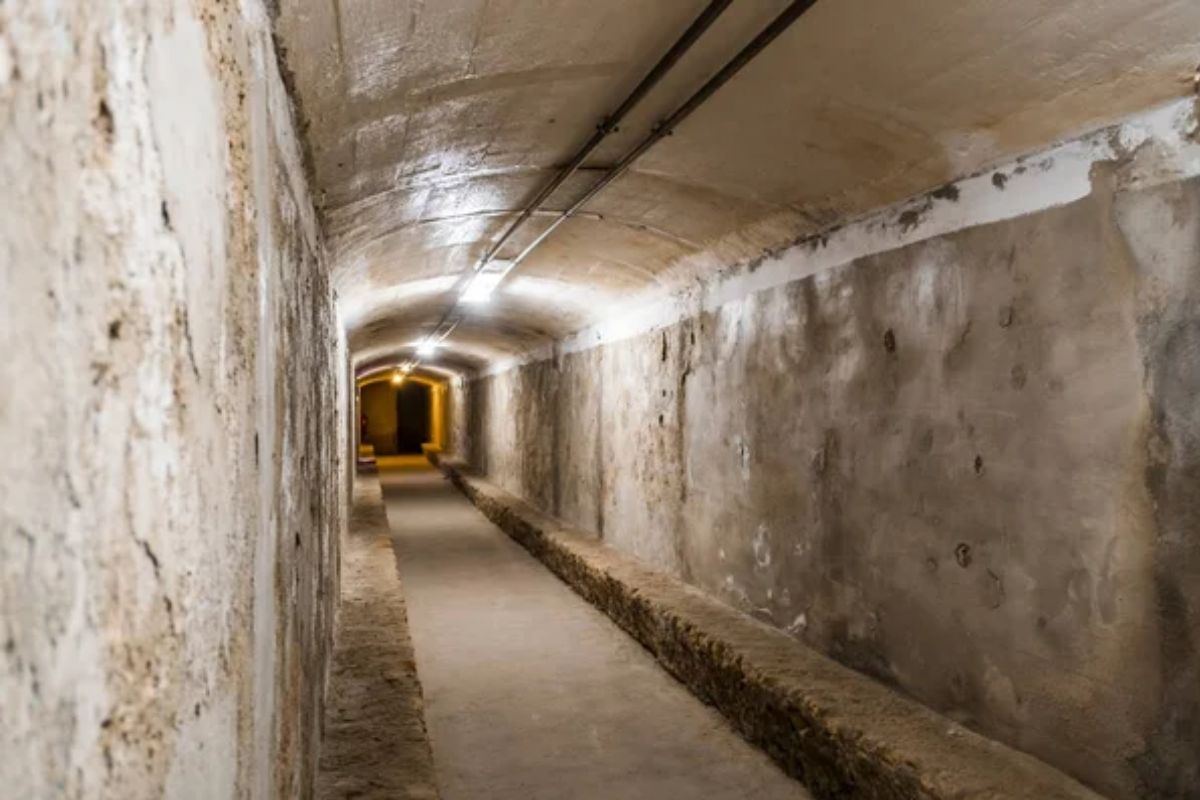
This atmospheric 19th-century building with interconnected courtyards hosts acoustic musicians who take advantage of the unique spatial acoustics created by the historic architecture. The performances often feature Argentine folk traditions like chacarera and Zambia, which are played on traditional instruments, including the bombo legüero (bass drum) and charango (Andean stringed instrument).
Tigre Waterfront

This delta town, a short train ride from Buenos Aires proper, features floating performances. Musicians and dancers perform on boats that navigate the waterways.
These aquatic shows combine music, movement, and the natural beauty of the delta landscape to create performances that could only exist in this specific geographical context.
Like Travel Pug’s content? Follow us on MSN.
The Art of Street Encounters

What makes Buenos Aires’ street performance culture so compelling is its integration into the city’s everyday rhythms. Unlike formal shows with clear boundaries between performers and audiences, these street encounters blur such distinctions, creating moments where art emerges organically from urban life rather than standing apart from it.
For visitors willing to wander without rigid itineraries, the city rewards with unexpected artistic encounters that reveal Buenos Aires’ soul more authentically than any scheduled performance ever could. The street performers—whether dancing tango on centuries-old cobblestones or creating contemporary sound art beneath modern overpasses—embody the creative resilience that defines porteño culture and offers travelers their most meaningful connections with this remarkable city.
More from Travel Pug

- Cities Growing so Fast You Won’t Recognize Them in 10 Years
- 13 Destinations Where Tourists Regularly Regret Their Trip
- 20 Obscure WWII Sites Even History Buffs Don’t Know About
- 10 Under-the-Radar Mountain Towns That Are Both Affordable and Beautiful
- Remote Villages in Europe Where You Can Live for Free in Exchange for Work
Like Travel Pug’s content? Follow us on MSN.
